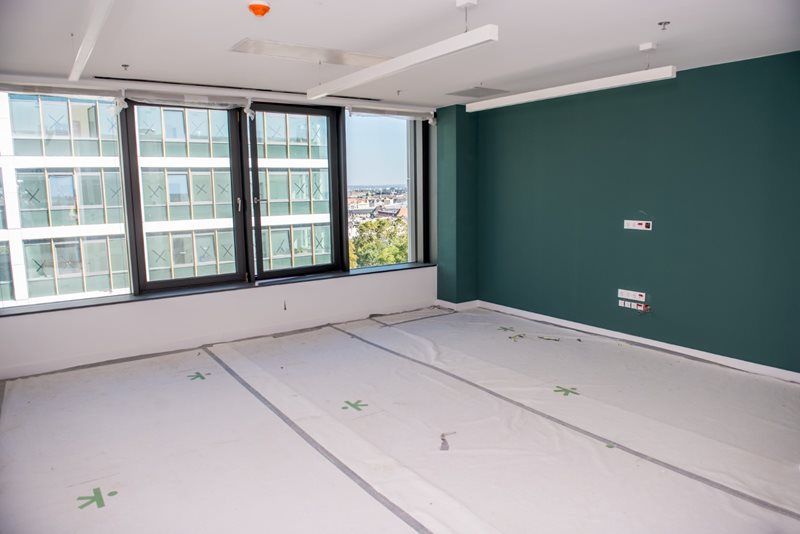Homelike and inspiring Campus planned for Ménesi Street
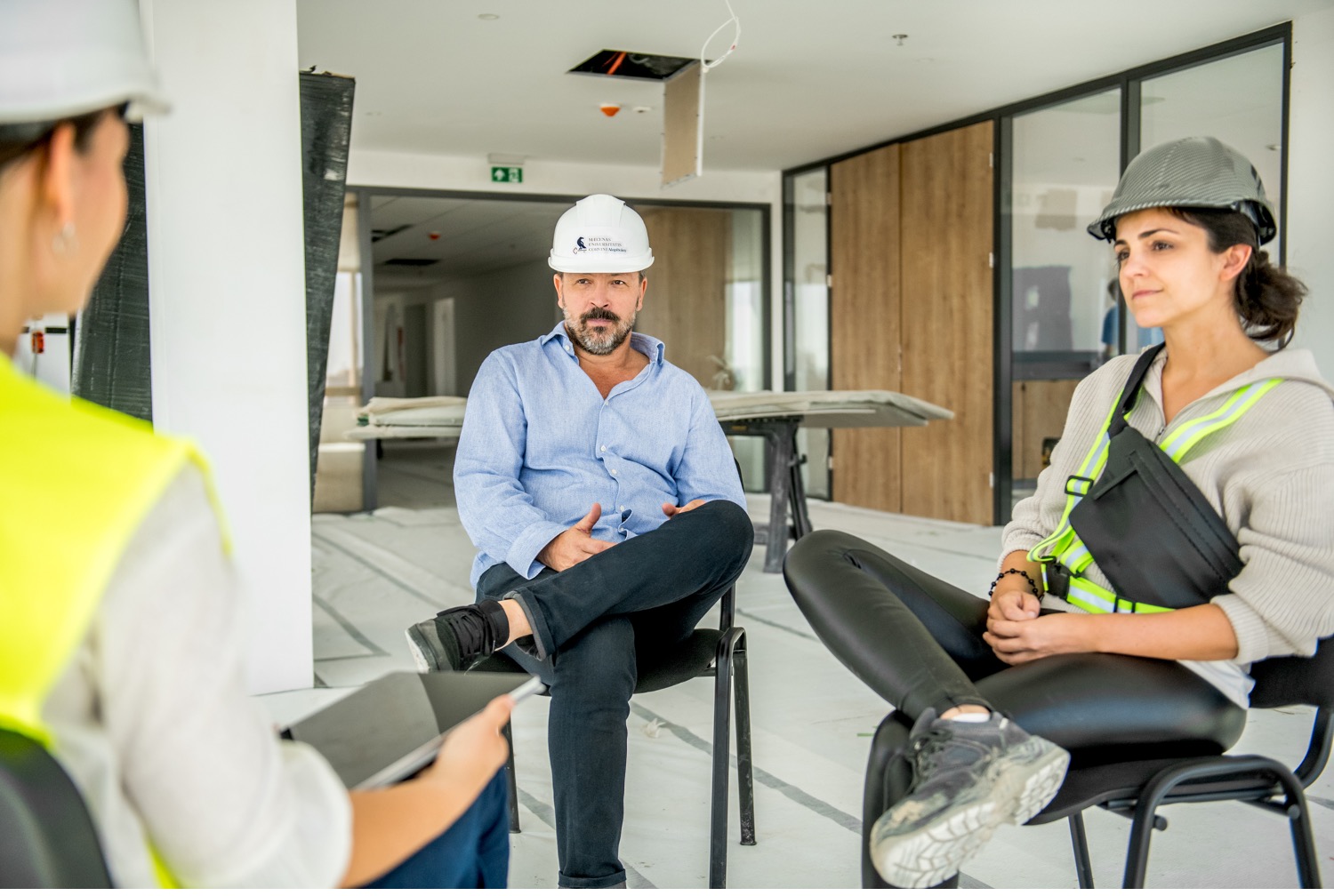
“This will be a university building like no other in Hungary,” concluded interior designer Anikó Tóth when the staff of the University outlined their ideas to her. “The most important message of the brief was that the Corvinus University campus would have a non-trivial new building, and this applies to many approaches, including architecture and interior design,” begins Péter Kis, who says that both interior and exterior spaces represent an attempt to break with traditional university structures. “We wanted students studying here to use a system of spaces that would offer them unusual solutions for building connections with the community. Material and colour schemes will be different from the usual expectations, and teaching spaces will be hybrid, suitable for teaching small groups and doing project work. This would not be special in itself, but the structure of the spaces, the way they are built on one another and the dramaturgy of the use of space will make the building special indeed.

“On the side of Gellért Hill, in a beautiful park with ancient trees, a relatively large existing complex of buildings with enclosed masses had to be humanised. Previously enclosed towers that appeared as blocks of greenish-blue glass are opened up to reveal the building as an openwork frame structure.”
Basically all that remains from the original buildingsare the supporting structures, and transparent and light spaces have been created with lots of glass surfaces. At the location of the interview, on the third floor of the smaller tower, lecturers will have a co-working office with a magnificent view of the city. Thanks to the park’s trees, you can only see a certain part of the cubes from the street at a time.
The top of the big tower (future Tower K) used to house the enclosed e service blocks, but this has also been freed and given a new function. “We thought it was the most special space and it should be used in a way that would be worthy of it,” explains Peter. This block sitting on the top of the building like a crown will host the lecturers’ club and the accommodation for visiting professors, and it will be visible from several points in the city, so we gave it a special form that would grab attention.
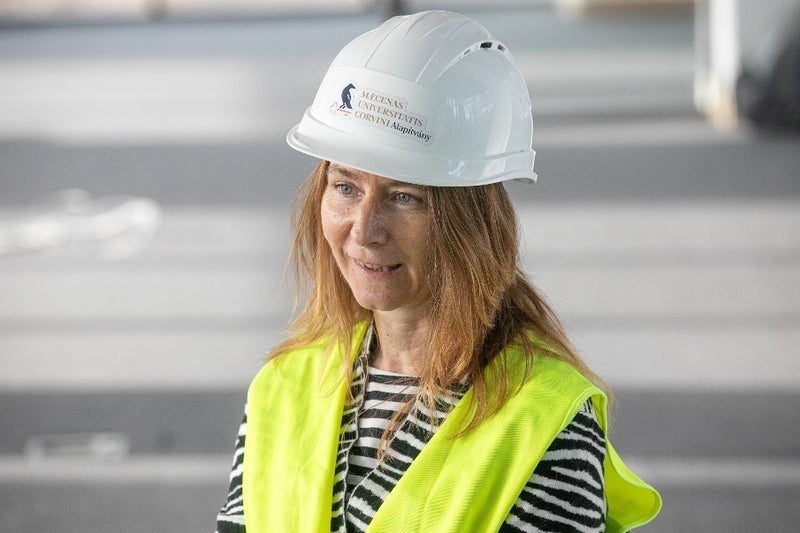
The engineering works were coordinated by the General Design LEAN-TECH Ltd. One of the biggest challenges for the design team was to find places for the engineering units and to comply with the latest energy standards.
The professionals of the PLANT studio tried to break new ground in interior design, too. They created spaces that would attract young people who were socialised in the online space, to enter the university. “We needed to create building interiors that would be welcoming, attractive and comfortable for them. To some extent, they can feel as in a big community of friends, because that’s what the campus is all about. A public building can always take advantage of the fact that its monumental spaces amaze and fascinate its visitors. These spaces are both elevated and homelike.”
The sports building will also fit into this concept with bouldering, basketball, tennis and volleyball courts, as well as fitness studios. But the best example of community building is the dormitory, where all four floors have a large communal space in the middle. “When designing the interiors of the dormitory, for example, we planned large kitchen islands that offer a common space for cooking and socialising. So eating together can be the heart of dorm life,” explained Aniko.
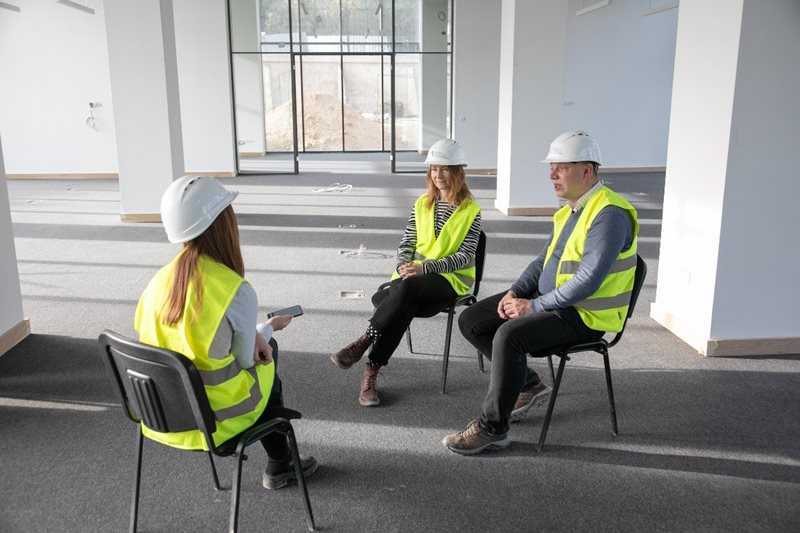
Building on the university’s vision, Peter and Aniko focused on the idea in their design work that exterior and interior places should form a true agora. “The principle was that when two people meet, they should find a place within a few metres or so where they can sit down and have a comfortable chat, without having to stand around and agree on calling each other later, as the spaces themselves offer the possibility of collaboration.” explains Peter. The designs were developed by imagining different campus situations to create spaces that meet the client’s needs in community design. “We want them to step out to the terrace in front of the lobby, look at the city, take a deep breath and feel that it’s good to be here.”
If you wish to find out how community planning involving university students was carried out before the architectural work, read our previous article!
In the past, the building was a closed and protected facility, accessible from a dead-end street through a secluded and heavily guarded entrance. Now, by contrast, a modern university has been created that is open, permeable, and has lots of transitional spaces. “We had to resolve this contradiction between the building’s past and future by creating an open, inclusive public space,” explains Peter. An impressive staircase and a forum have been created at the entrance, from which both the sports and the education buildings will be accessible in the future. The architects designed this space as a meeting place, where you can wait for each other or just sit and soak up the atmosphere of the university.
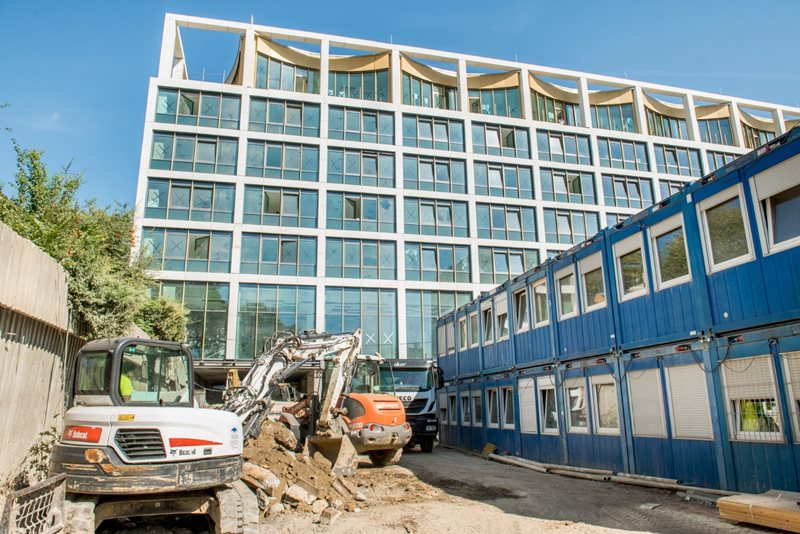
In addition, five works of art by the world-famous Hungarian sculptor Attila Csörgő will be installed here, which were offered to the university by Market Zrt. and Péter and his colleagues planned their locations together with the artist. The sculptures will be placed on the main entrance staircase, where you can sit down next to them or walk around them to admire their identity and diversity. According to the architect, the geometry of the sculptures reflects one of the most important messages of the campus:
“To discover exciting things, sometimes you have to explore new paths.”
Written by Tünde Taxner
